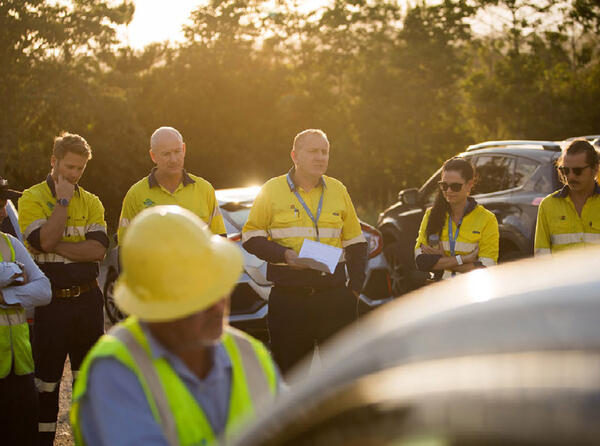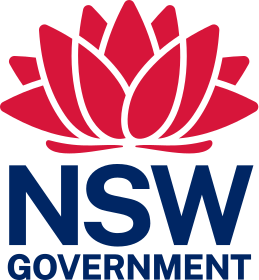
Findings of the Work Zone End of Queue Study
Research designed to understand which traffic control measures are most effective in reducing the frequency / occurrence / severity of injuries at end of queue road work sites. The research was undertaken by Deakin University through iMOVE CRC.
Background
Transport for NSW partnered with Deakin University on this research. The research was designed to develop an evidence base to understand which traffic control measures are most effective in reducing the frequency / occurrence / severity of injuries at end of queue road work sites.
Road works pose significant risks to roadworkers and motorists alike. While the risks are recognised by agencies involved in road construction and maintenance activities, significant work is needed to develop strategies to mitigate these risks at Australian roadwork sites.
Existing research from Australia and international jurisdictions show that rear end crashes at advance warning areas, particularly at end of queue situations, are one of the major types of crashes at roadwork sites. In an Australian Road Research Board study conducted in 2018 all reported crashes in NSW between 2013 and 2017 were analysed by crash type and location. Considering the crash data by location (ie. roadwork zone or other), 40% of crashes related to roadwork zones were rear-end crashes.
Delving further into the degree and impact of crashes related to roadwork zones tended to be higher severity crashes compared to crashes occurring in other locations. This may be in part related to a greater percentage of crashes related to roadwork zones occurring on rural roads, with higher speed limits, and thus higher impact speeds (Australian Road Research Board, 2019). As the end of queue locations can vary depending on traffic volumes and number of vehicles stopped in a queue, researchers and practitioners have developed, tested, and evaluated a range of treatment options.
This project aimed to improve the safety of roadworkers and motorists at roadworks by developing an evidence base regarding the effectiveness of different traffic management treatments in reducing the frequency and/or severity of injuries associated with end of queue crashes at roadworks.
Findings
The final reports of this research are presented below.
Based on a comprehensive on road trial of 33 combinations of treatments across 13 worksites, data collection as part of trials included automatic traffic counters and radar devices for speed data collection and video cameras for near-miss data collection. Key measurements taken included vehicle speed, type headway/gap, volume, and near-miss/traffic conflicts. Data was analysed using rigorous statistical methods and findings were further supported by quantitative data from driver surveys conducted at the trial sites.
Overall, on aggregate, of those treatments found to be most effect at reducing excess speed, reducing the probability of speeding and decreasing the risk of rear-end crashes, variations using Arrowes eSERIES1 devices tested on high-speed low-volume roads featured heavily. These devices include the eSTOP, eSAS and eBOOM. Four out of the top 8 most effective treatments featured these devices. Police presence as well as police presence combined with an eSERIES device were also found to be effective treatments.
The findings of this research are numerous and extensive and should be reviewed in full in the following reports.
Documentation
- Working Near Traffic - Work Zone End of Queue Study - Executive Summary (PDF, 558.42 KB)
- Working Near Traffic - Work Zone End of Queue Study - Final Report (PDF, 4.78 MB)
- Working Near Traffic - Work Zone End of Queue Study - Literature Review (PDF, 1.72 MB)
This research was delivered in partnership with iMOVE CRC and supported by the Cooperative Research Centres program, an Australian Government initiative.
Reference:
Australian Road Research Board. (2019). 'Rear-end crashes in roadwork zones'. Unpublished.
